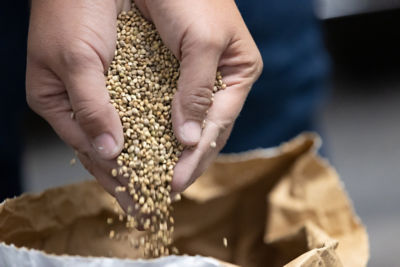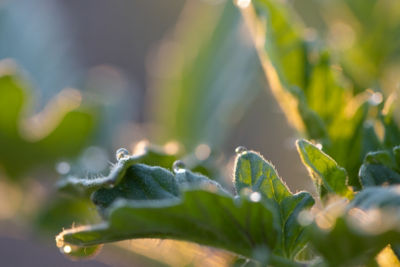Causal Agent
Herbicides and insecticides
Distribution
Worldwide
Symptoms
Symptoms of chemical damage differ depending on the dosage and plant growth stage at time of exposure. Contact herbicides, which affect only the plant tissues directly exposed, typically cause chlorotic or necrotic spots on leaves, stems and fruit, but might kill small seedlings. Systemic herbicides, which are translocated throughout the plant, cause a variety of symptoms that range from interveinal yellowing and vein necrosis to general foliar chlorosis. Necrotic spots, leaf margin necrosis, leaf twisting and cupping may also develop. Stems may be deformed, swell or crack. Fruit may be excessively large or small and irregular. Insecticide damage may show as leaf margin necrosis or necrotic lesions on the foliage.
 Carbofuran phytotoxicity on pepper.
Carbofuran phytotoxicity on pepper.
Conditions for Development
Chemicals labeled for use on peppers or eggplant generally do not cause damage unless they are applied at excessive rates, at high temperatures, at the wrong stage of plant growth, or during unfavorable weather conditions. Some pre-plant herbicides may remain active in the soil long enough to cause injury to later plantings. Damage may occur from herbicide drift when adjacent crops or weeds have been sprayed. Usually, damage from drift is most severe at the edge of the field closest to the chemical application. Contaminated spray equipment can cause damage if the correct cleaning procedures are not followed after each chemical application.
Control
Always use herbicides and insecticides as directed by the label, and apply during appropriate weather conditions only. Always store herbicides and insecticides according to label recommendations.




